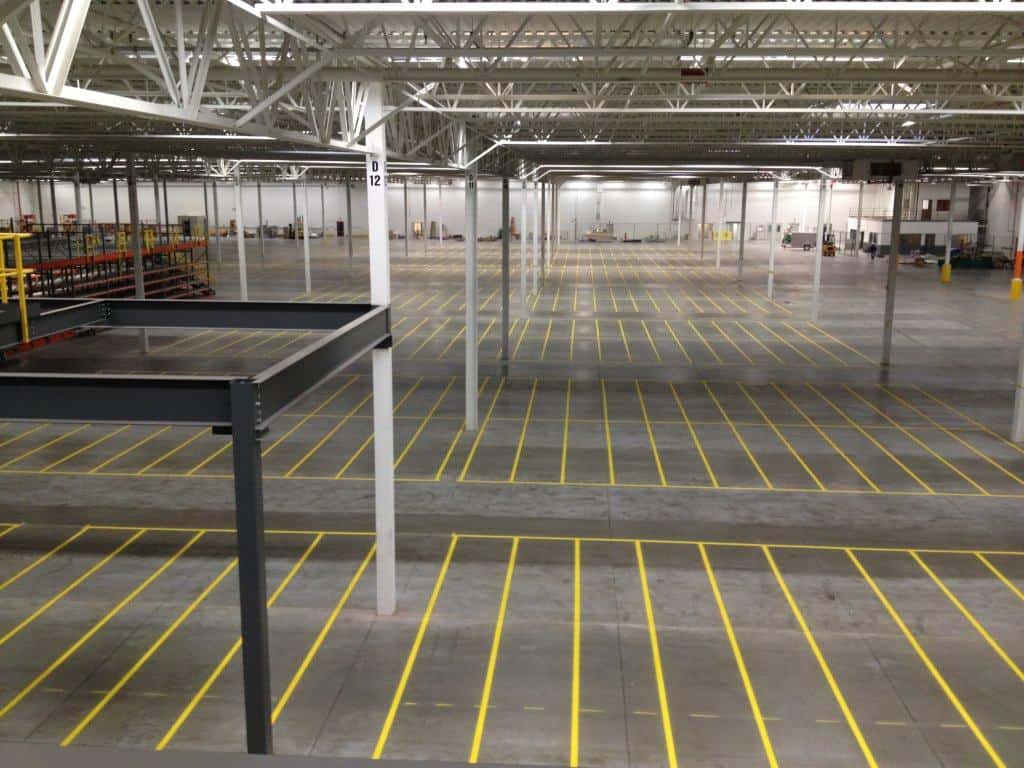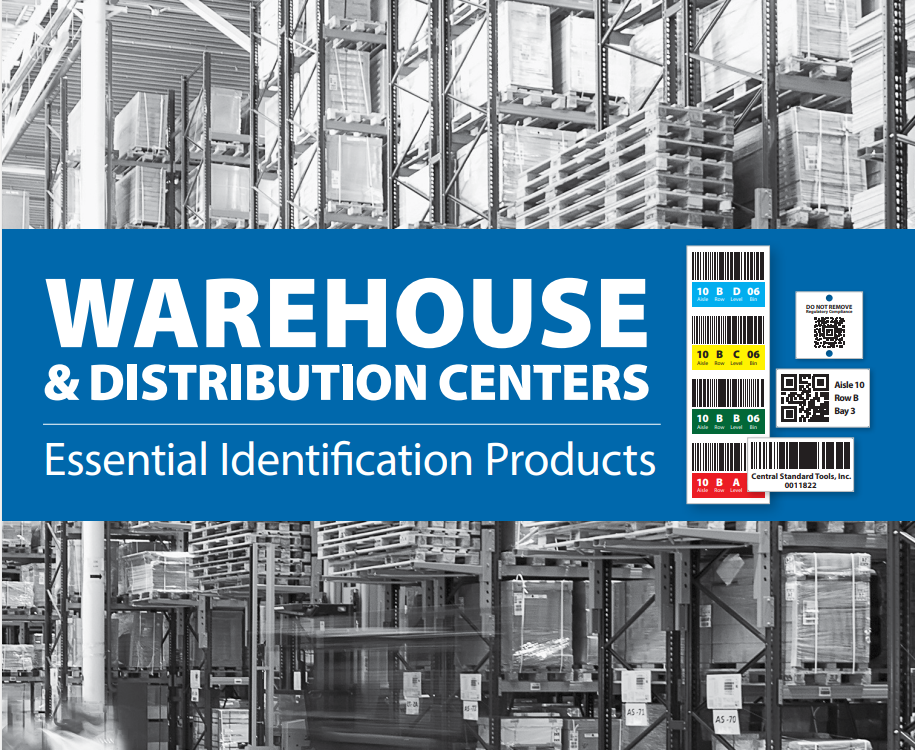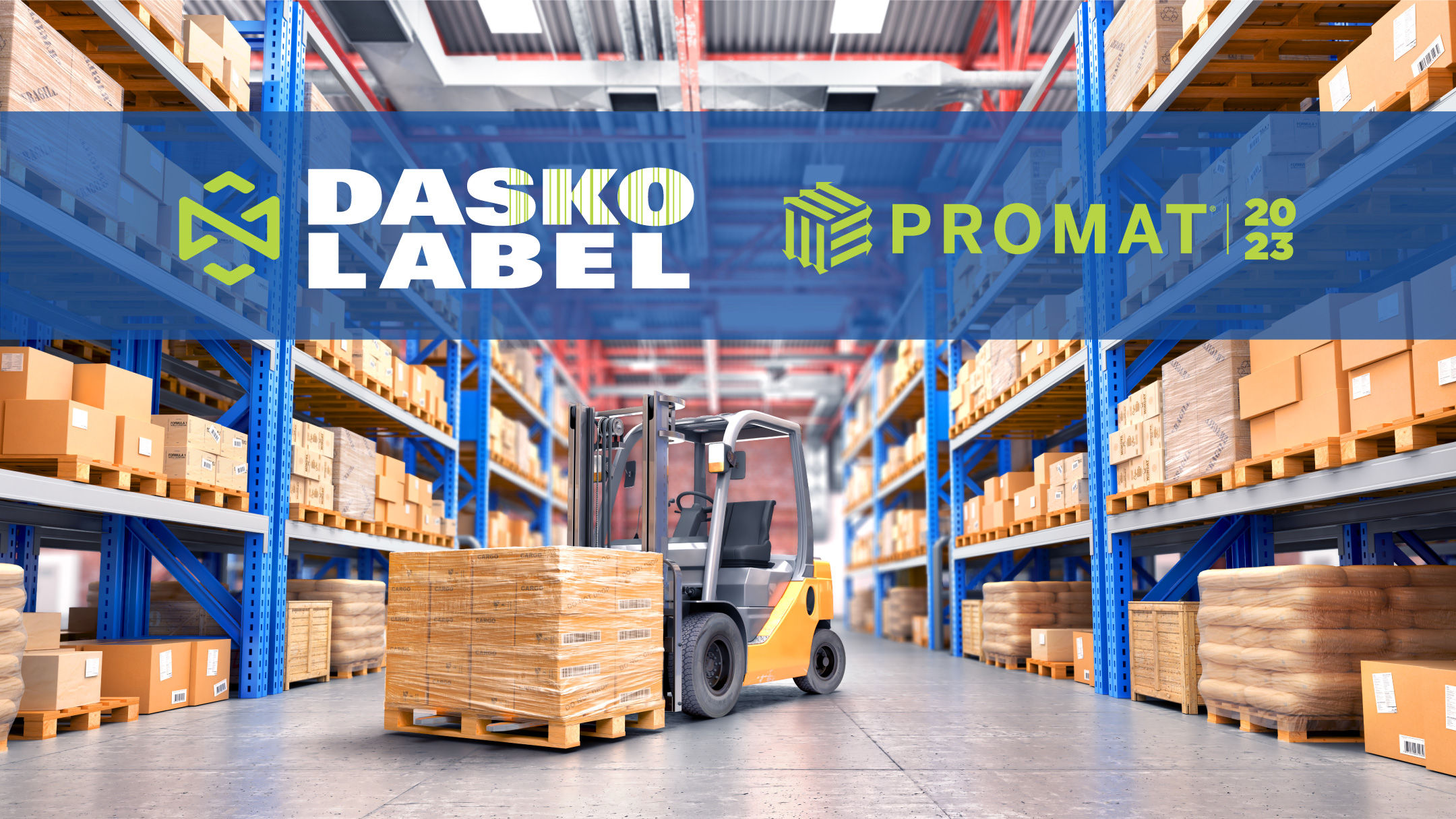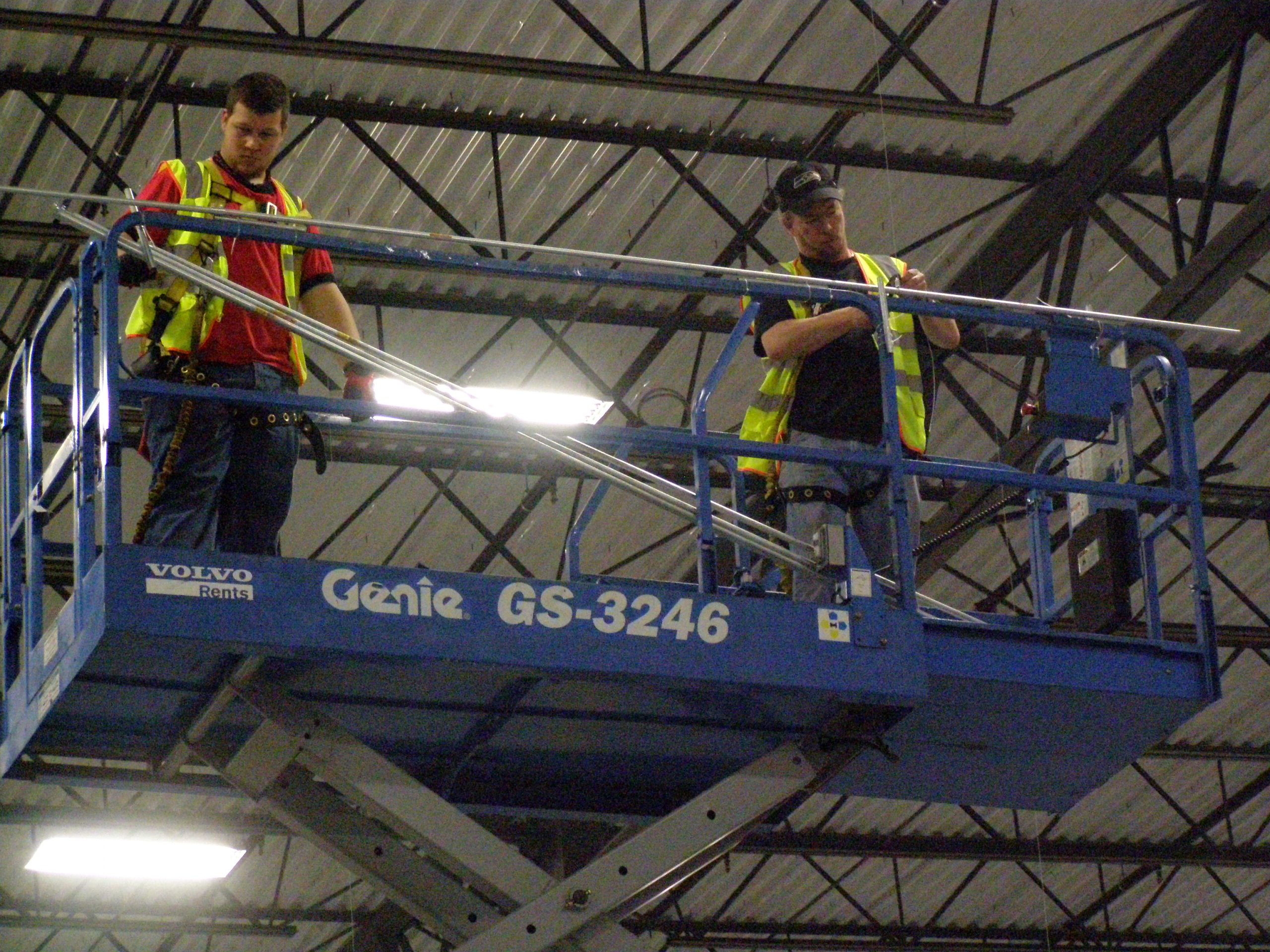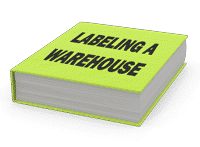The fast-paced, demanding warehouse environment calls for an abundance of clearly-marked signs. These designate everything from pallet locations to safety hazards. They can spell the difference between a disorganized, inefficient warehouse and a location that fulfills all orders precisely — and in record time.
There’s no denying the importance of signs on the warehouse floor and throughout every facility, and yet, many companies neglect to update these as often or as strategically as needed. This can spell huge problems both in regards to short-term productivity and long-term profit margins. It’s also a huge concern for warehouse safety.
HOW THEY HELP
Warehouse operations are often fast-moving environments and must be equipped with proper signage for workplace safety and workflow efficiency reasons. The right traffic signs will ensure that employees always know where they need to go and how they should behave in specific settings or situations. They’re also essential for maintaining compliance with the Occupational Safety and Health Administration (OSHA) and the American National Standards Institute (ANSI).
While warehouse signs are valuable in any type of facility, they are particularly important with third-party logistics (3PL), as shifts in seasonal demand may prompt the need for regular layout changes. When this happens, precise signage such as aisle numbers can help warehouse employees locate and manage inventory as efficiently as possible. Without this guidance, warehouses risk huge losses in productivity every time layout adjustments occur.
TYPES OF WAREHOUSE SIGNS
Warehouse signs can take many forms. They are typically categorized based on their purpose or location but most fall under one of the following main groups:
- Safety Signs. Few techniques are more effective for communicating safety protocol than displaying signs throughout the warehouse or distribution center environment. These should alert viewers to company policies and procedures, so they always know how to protect themselves and others. In some cases, these displays are dictated by state fire codes and OSHA requirements. Common examples include those intended to direct forklift drivers, make it easier to find the first aid kit, or highlight the presence of fire extinguishers.
- Exit. In the event of a power outage or other potentially dangerous situation, exit signs help personnel in all areas of the warehouse safely find a way out. These are similar in many respects to other types of safety signs, but must also be illuminated to ensure that employees can always locate the exit quickly.
- Aisle/Row. Easy-to-read signs should be situated at every aisle to ensure that both employees and contract workers are able to locate necessary inventory as quickly as possible. Typically suspended from the ceiling or attached to posts, warehouse aisle signs are highly versatile and can be flat, angled, large, small, plastic, or aluminum. Many companies prefer large ones with colorful, jumbo lettering that can be instantly identified from afar. Regardless of design, these signifiers should be placed at all entry and exit points, including not only the ends of each aisle but also at any breaks that occur when multiple aisles cross.
- Hanging Signs. Installed from the ceiling and available in many shapes and sizes, these often feature retro-reflective label material with barcode labels, which can be scanned using long-range scanners. While hanging signs can serve multiple functions, they’re particularly valuable for identifying bulk storage areas. Among the most versatile in terms of location, these can be attached with help from joints or metal cabling.
- Dock Door Signs. Drivers and warehouse operators need to know where to go in advance — and signs affixed to loading dock doors give them the information they need. Attached directly to dock doors, this type can be installed with help from screws, adhesive, or even magnets. When displayed outside, durability should be a key concern. Reflective faces can dramatically improve visibility for drivers operating at night.
SAFETY BENEFITS
Not all signs are strictly intended for safety purposes, and yet, all play a role in keeping warehouse employees safe. When employees are confused about essentials such as equipment protocol, inventory locations, load limits, or forklift routes, they are vulnerable to a wide range of devastating accidents and injuries. The safest facility is one in which labeling ensures that everybody knows where they should be and how they should behave at all times.
EMPLOYEE PRODUCTIVITY BOOST
Even the most strategically organized warehouse can be difficult to navigate at times. Traffic can be streamlined when all inventory is clearly labeled and when signs are displayed to provide instant visual cues. When personnel can pinpoint signs for picking, stocking, and other essentials, employees are less likely to inadvertently cause productivity-harming jams between aisles.
As mentioned previously, they are especially critical for guiding employees in facilities that see frequent inventory reorganization. When employees can rely on signage to direct traffic and workflow, their productivity will increase.
SUPPLY CHAIN AND WAREHOUSE OPERATION EFFICIENCY
Beyond individual employees, signs improve efficiency at the organizational level. Detailed signage limits the potential for fulfillment errors, which hold implications not only for customer satisfaction but also general warehouse efficiency. What’s more, the improvements in employee productivity prompted by them can make for a more reliable workforce at all levels, thereby providing a boost for overarching time management. Ultimately, this keeps the entire supply chain moving as efficiently as possible.
INVENTORY ORGANIZATION
Signs help to keep warehouses orderly, regardless of which types of materials or products are stored or how they’re handled by employees. There’s no secret that effective inventory organization is critical for streamlining warehouse operations, but it’s also necessary for enhancing order accuracy and improving customer service. Your facility’s approach to organization also influences employee mindset and how they operate. If signs provide clear directions and information, personnel will follow their cue by handling all orders precisely.
OSHA SIGNAGE REQUIREMENTS FOR WAREHOUSES
OSHA maintains strict requirements for warehouse signage. These standards specify everything from the sharpness of sign corners to the location of bolt heads and even the colors that various types of signs feature. Even the language included is largely directed by OSHA, which mandates that this content is easy for all employees to read and understand.
In an effort to clarify requirements for different types, OSHA identifies three main categories:
- Caution signs. Featuring a yellow background and black letters, these warn employees about potential safety hazards.
- Safety instruction signs. As the category’s name suggests, these provide instructions to help personnel stay safe in various situations or settings that might otherwise pose risks. These are white with green panels.
- Danger signs. No variation is allowed for the design of danger signs, which must include the signal word “danger.” These safety signs are limited to three colors: red, black, and white. They should indicate immediate dangers, as well as the need for special precautions.
DECIDING WHAT WORKS FOR YOU
While OSHA mandates may determine, to an extent, which safety signs are situated in your warehouse, you’ll hold a great deal of flexibility for the remainder of your signage. While all warehouses can benefit from clear, detailed signs, the types offered and where they’re placed will differ based on the type of facility, as well as the unique needs of targeted customers or clients.
As you select your custom warehouse signs, pay close attention to your current areas of concern. Is visibility an issue? If so, opt for large ones with bold lettering and colors, using hanging types to avoid obstructions. Will barcodes need to be scanned from a distance? When possible, use reflective graphics to improve long-range scanning accuracy.
Comprehensive signage is crucial, so assess every area of your warehouse with detail to determine where bottlenecks or safety issues may occur. This effort will ultimately pay off as they produce a safer, more orderly, and more efficient warehouse.
DASKO LABEL: YOUR RESOURCE FOR WAREHOUSE SIGNAGE
Are you ready to improve efficiency at your warehouse and throughout the entire supply chain? High-quality signage can make all the difference. If you’re not sure where to start, look to the experts at Dasko Label for guidance. Contact us today to learn how we can help you improve your strategy.

